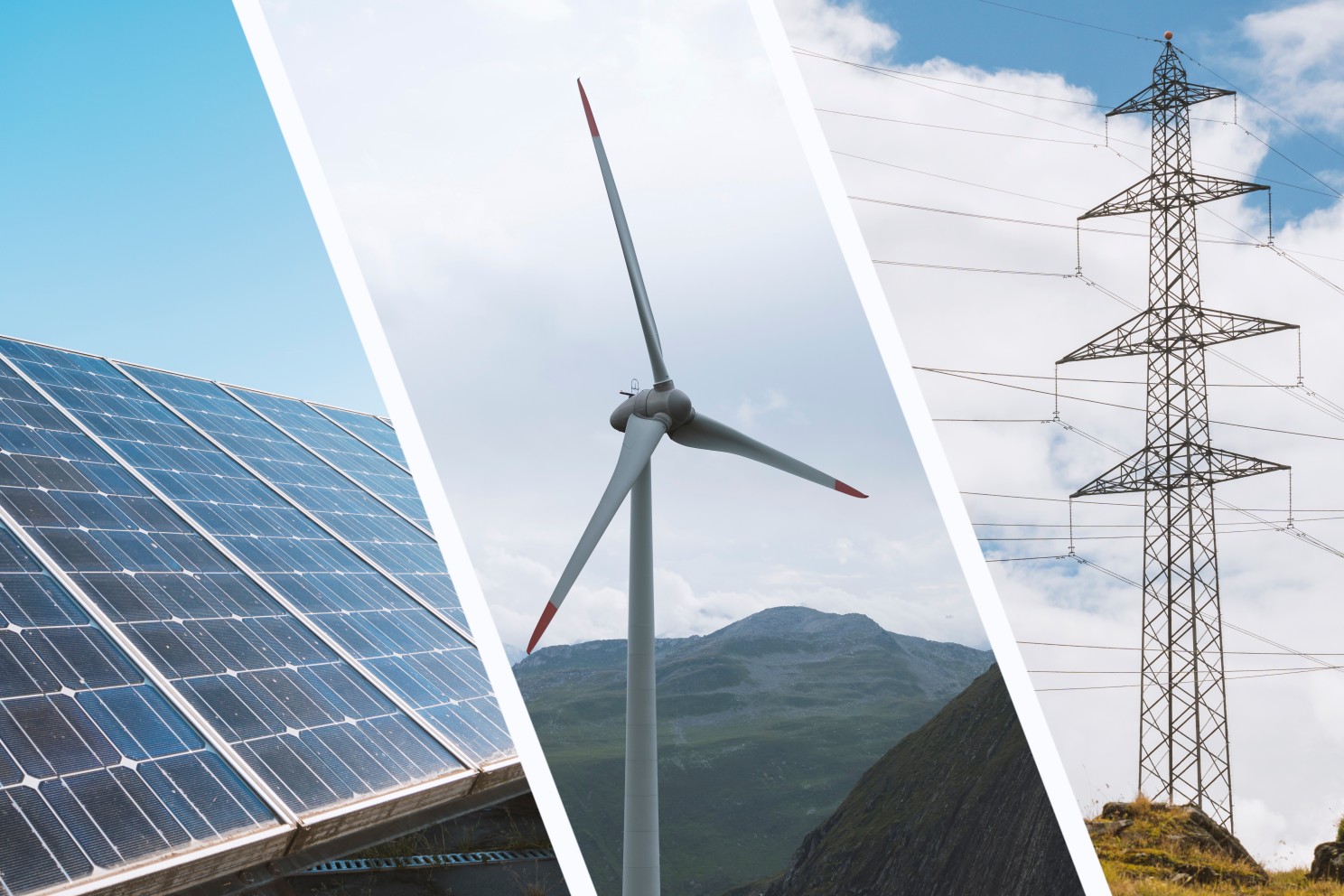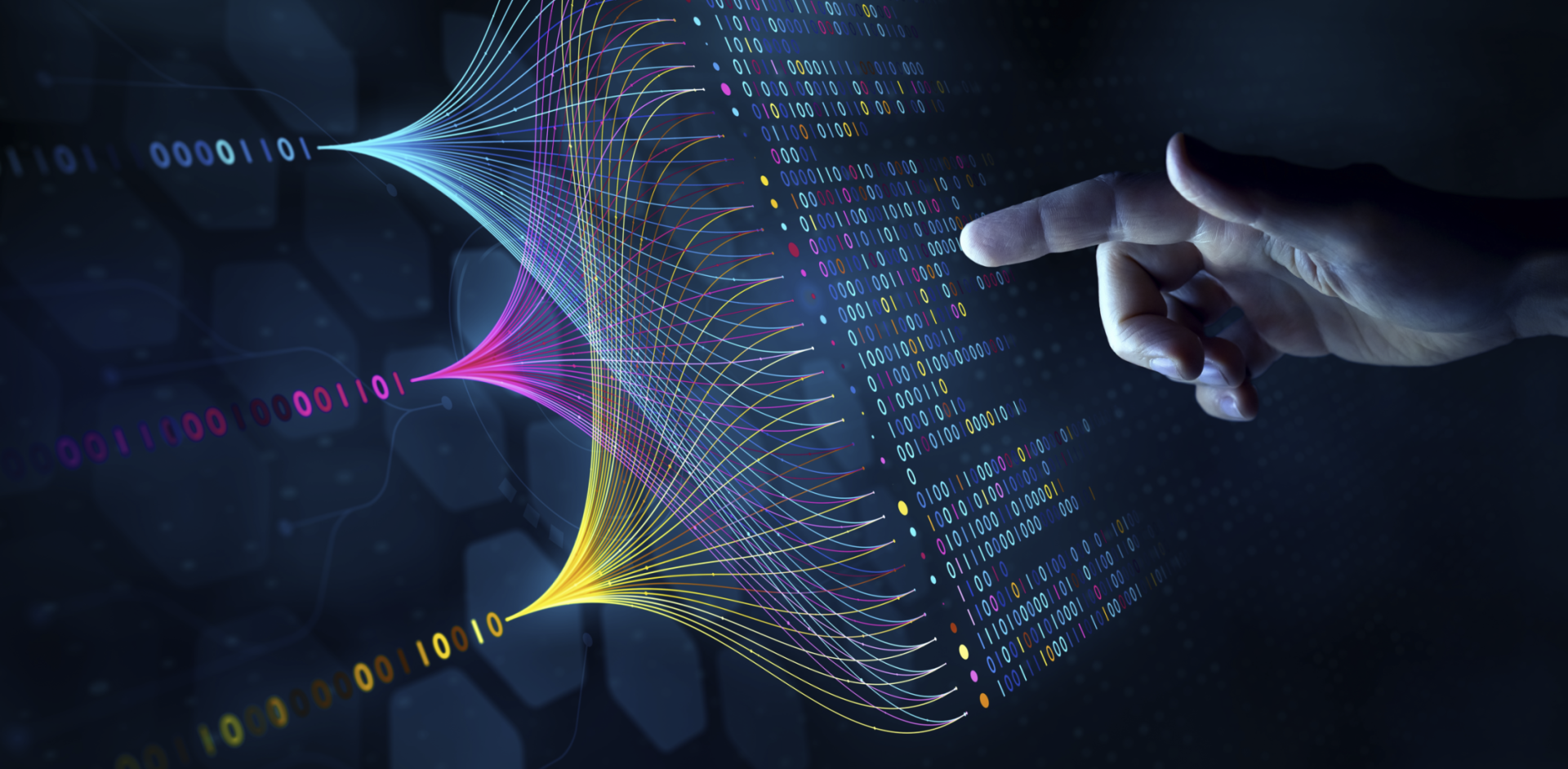Comments
- No comments found

We are in the midst of a rapid momentum shift towards decentralised power generation: from rooftop solar panels right through to local wind farms and small hydroelectric plants with battery energy storage.
While decentralization can boost efficiency and sustainability, it also poses challenges including adapting to bi-directional power flow, making the most of available data, and of course, cybersecurity.
How we solve these challenges – through AI and through raw human talent – will determine how sustainable the energy sector is in the long run. I spoke to Bilal Khursheed - Worldwide Power & Utilities Leader | Energy & Sustainability at Microsoft to explore more! And this discussion available here as a Tomorrow’s Tech Today podcast forms part of a Special Series, with my discussion with Jose Razo Sr. Technology Specialist at Microsoft also available here now. All questions and feedback most welcome!

What we are used to today is a power delivery network originating in the late 19th century: one characterised by large-scale centralized generation with massive power plants, predominantly coal and gas-fired, and transmitting electricity over long distances. This equates to a one-way system with power flowing from the plants to the users.
Moving to decentralised generation with bi-directional flows come with various challenges: cybersecurity threats to utilities, cost concerns, energy supply chain fragility, and so on. But despite these complexities, today’s growing convergence of technology offers a unique opportunity to ensure energy security and benefits for the many, not the few.
IoT devices in the grid boost reliability and real-time situational awareness and thanks to cloud technologies, we also see data aggregation and automation. However, the growing number of data points and access points introduces significant cybersecurity risks, which is a new factor for utilities who are traditionally primarily concerned about physical breakdowns, such as malfunctioning equipment.
Hackers have the power to seize control of power plants, disrupt operations, and cause substantial damage to the grid and its consumers. As elucidated by Bilal, companies like Microsoft are heavily investing in cybersecurity to protect infrastructure and reduce these types of risks. The focus here is on risk mitigation alongside effective data management.
At Microsoft, the convergence of diverse technologies such as AI, cloud, big data, and the intelligent edge is significant in addressing the challenges of the complex data environment of power generation – but so is collaboration, as addressing complex challenges really requires a collective effort.
Bilal points to the company’s network of partners, including industry giants like GE Schneider and Siemens who have a longstanding reputation and have pioneered the convergence of operational technology (OT) with cloud digitalization. Indeed, I could not agree more strongly - collaboration is absolutely ‘the cornerstone’ of meaningful progress!
An example of this collaboration is with Schneider Electric who restructured their platforms to function within the Azure Stack. By doing so, they can manage distributed energy resources more efficiently through processing vast amounts of data in real-time on the Azure Cloud.
In addition, the new partnership between Accenture Avanade Duke Energy Corporation and Microsoft on a methane emissions platform highlights the power of shared vision and coming together for progress. By leveraging technology for real-time insights, this goes beyond advancing industry standards to also make impactful steps toward a sustainable energy future.
When it comes to achieving sustainability, measuring impact really matters, especially when we think about sustainable development goals or the SDGs. Precise measurement enhances transparency, benchmarking and accountability, benefiting everyone involved by making it easier to compare one organization's reporting (and activity) with another's. This is especially valuable to support today’s increasingly conscious consumer to make informed choices.
Sustainability action comes in many shapes and forms, of course. Take microgrids - mini power grids that can function independently. Using microgrids, a university campus might produce its own power through solar panels or wind turbines. While typically connected to the main grid, during outages, it can operate using local power, thereby enhancing energy resilience.
This is particularly important in areas vulnerable to natural disasters. Overall, microgrids support the integration of more renewables and increase network reliability at the same time! This could almost feel like science fiction but it’s all highly relevant to power generation today and critically for tomorrow. And it’s just one step along the continuum towards truly ‘sci-fi’ style power generation: including from surfaces like roads and pavements, and even our own human skin. Absolutely fascinating!

AI intersects much of this progress. Despite the power industry producing vast amounts of data, the potential of that data can be left unlocked. AI can make sense of this by efficiently processing immense data volumes whilst also helping people to identify patterns – the embodiment of human-machine partnership in action. Bilal says that at the core of the power of AI today is a transition from retrospective analyses to more proactive applications with data – or in other words, data-led active intelligence is fast becoming a modern-day imperative!
AI now has a role in improved decision-making, enhancing efficiency, bolstering security, and promoting smart energy management. One growing area of application I envisage is with the rise of Connected Cars and especially Electric Vehicles which are gaining traction and popularity across the globe – but what happens if the grid cannot keep up with the influx?
Smart management is key! And right now, predictive asset maintenance is a notable example because AI data analytics means we can now predict equipment failures to prevent catastrophic breakdowns before they actually occur. By analysing historical, weather, and real-time sensor data, it is possible to determine the assets most likely to fail and strategize the dispatch of and restoration crews' responses.

This means 'no more throwing of the dice' around what may or may nor occur! And this limits the disruption to power – and the potential impact for the homes and businesses who depend on that power every single day.
Data analytics can also forecast demand surges by analysing factors like weather patterns, historical data, and real-time smart meter readings. This helps ensure a balanced power grid and prevents blackouts. It is easy then to envision a scenario where, during an impending storm, a utility can converse with its data – using AI and related tools – to predict the storm's effects on the power network. Impressive!
Of course, the technical use cases never come out of thin air. Bilal suggested that we can often overlook the human endeavours involved in making simple things work: we simply expect power when we flip a switch in our homes or workplaces without even considering the ‘invisible’ technology behind it.
And in actuality, there's a vast amount of intelligence, innovation, and development behind such a basic action – and it requires a diverse range of people to make it happen. So, it’s even more vital to build diversity in tech, including people from various backgrounds, experiences and perspectives. With an inclusive approach we can bring in the diverse experiences that bring so much unique value.
Diverse voices in discussions are essential for generating impactful solutions. Hackathons, for example, foster agile collaboration and innovation. A highlight global hackathon where it was a pleasure to judge one of the challenges with Swiss Re alongside partner Microsoft was at HackZurich - this exemplified exactly this collective co-creative ethos with diverse teams from different continents and backgrounds coming together to address common challenges. Additionally, please also feel free to explore the AMD Code Jam live now where you can test your coding skills for hardware-based security and both 'learn and earn' great prizes! #TechForGood
It's evident that a mix of voices results in superior solutions. Microsoft promotes this approach in all business areas. Integrating individuals from different sectors like technology, regulatory, finance, and supply chain is vital for comprehensively and holistically addressing issues.
When diverse stakeholders are involved early on, solutions are not only better but also easier to pitch and gain industry buy-in. The entire process becomes more efficient and effective.
Decentralized generation, the rise of electric vehicles, smart grids, and microgrids are revolutionizing the power utility sector. We're on the brink of a new era where technology and innovation pave the way for a future that's efficient, reliable, and sustainable too.
This shift presents numerous opportunities: not just for electrical engineers but for anyone passionate about the energy transition. Indeed, when it comes to sustainable energy, everyone can make a difference by managing their power consumption, especially during peak hours. Further still, Bilal said that when it comes to power generation, it doesn’t matter whether you're involved in supply chain, finance, or regulatory matters, there's a role for you in this transformation.
And I couldn’t agree more with this! Every role has the power to contribute, not just technical ones. Incorporating neurodiverse talent and diverse experiences minimizes biases, especially when we discuss AI. And for more information on an expanding and award-winning program that supports and celebrates the talent and skills of neurodivergent individuals such as those with Autism ADHD & Dyslexia, I highly comment exploring DXC Technology ‘s Dandelion Program. All the latest on the program here!
As a final reflection, the 'how' of making a difference is an holistic approach, blending technology, trusted partnerships, efficient processes, and opportunities for skill development, including bolstering skill confidence too. And as a reminder, for more on this critical conversation, please do explore our full discussion here – all feedback and questions are most welcome!
Many thanks Sally.
A highly experienced chief technology officer, professor in advanced technologies, and a global strategic advisor on digital transformation, Sally Eaves specialises in the application of emergent technologies, notably AI, 5G, cloud, security, and IoT disciplines, for business and IT transformation, alongside social impact at scale, especially from sustainability and DEI perspectives.
An international keynote speaker and author, Sally was an inaugural recipient of the Frontier Technology and Social Impact award, presented at the United Nations, and has been described as the "torchbearer for ethical tech", founding Aspirational Futures to enhance inclusion, diversity, and belonging in the technology space and beyond. Sally is also the chair for the Global Cyber Trust at GFCYBER.
Leave your comments
Post comment as a guest